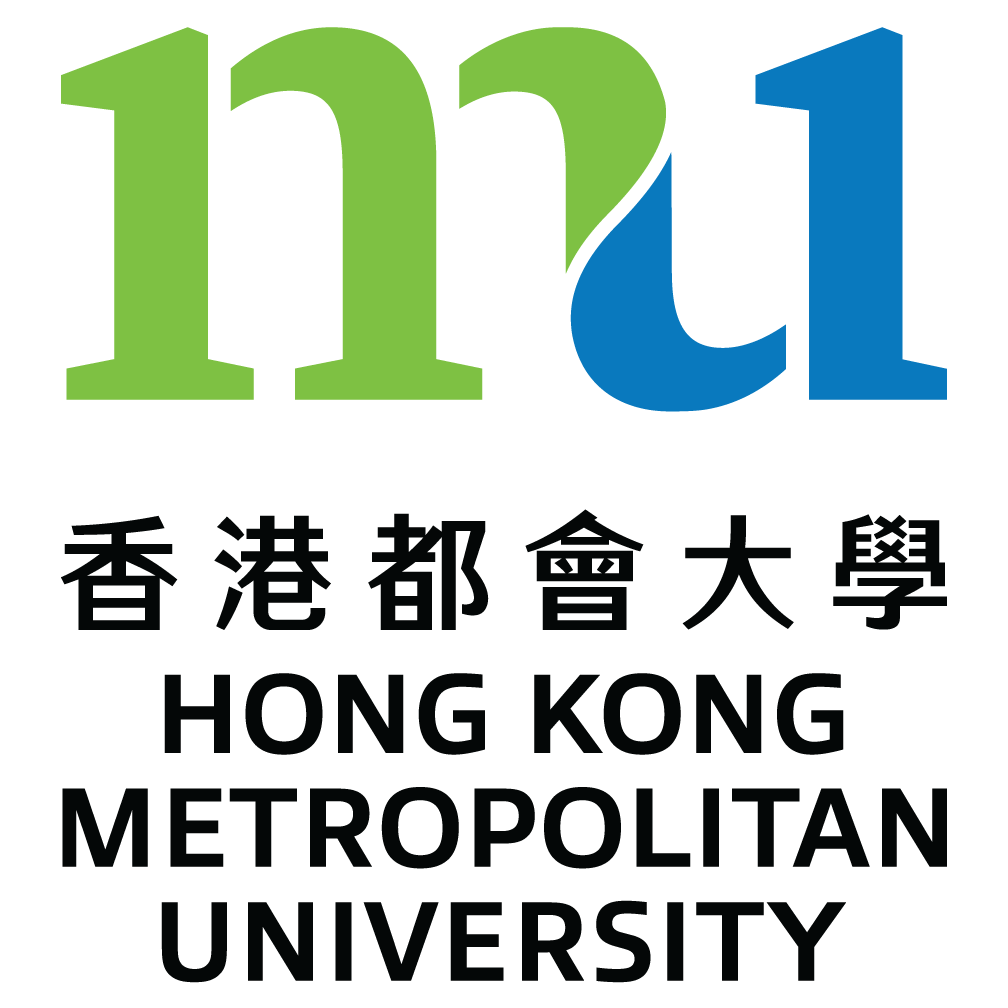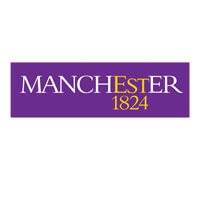Students in the School of Interactive Arts and Technology are required to maintain a 2.4 GPA in their IAT courses. Students who fall below this continuance requirement will be placed on academic warning in the School of Interactive Arts and Technology and will have two semesters to bring their IAT GPA to a 2.4 or higher. Failure to do so will result in removal from the Interactive Arts and Technology Major or Joint Major program.
Students removed from the Interactive Arts and Technology Major or Joint Major program will be placed in the Faculty of Communication, Art and Technology Double Minor Program. Students wishing to transfer back into the Major or Joint Major will need to meet the admission requirements to obtain re-entry.
Lower Division Requirements
COMMUNICATION
Students complete both of
CMNS 110 - Introduction to Communication Studies (3)
CMNS 130 - Communication and Social Change (3)
and six 200 division CMNS courses, including
CMNS 253W - Introduction to Information Technology: The New Media (3)
and one of
CMNS 220 - Understanding Television (3)
CMNS 221 - Media and Popular Cultures (3)
CMNS 223W - Advertising as Social Communication (3)
CMNS 235 - News Media, the Public, and Democracy (3)
and one of
CMNS 230 - The Cultural Industries in Canada: Global Context (3)
CMNS 240 - The Political Economy of Communication (3)
and one of
CMNS 226 - Digital Media Communication Techniques (3)
CMNS 258 - History of Sound in Media (3)
CMNS 259 - Listening, Culture and Society (3)
and both of
CMNS 201 - Empirical Communication Research Methods (4)
CMNS 202 - Design and Method in Qualitative Communication Research (4)
INTERACTIVE ARTS AND TECHNOLOGY
CMPT 166 - An Animated Introduction to Programming (3)
or an equivalent introductory programming course such as CMPT 102, 120, 125, 126, 128, or 130
IAT 100 - Digital Image Design (3)
IAT 102 - Graphic Design (3)
IAT 167 - Digital Games: Genre, Structure, Programming and Play (3)
IAT 201 - Human-Computer Interaction and Cognition (3)
IAT 265 - Multimedia Programming for Art and Design (3)
MATH 130 - Geometry for Computer Graphics (3) or MACM 101 - Discrete Mathematics I (3)
and one of
IAT 222 - Interactive Arts (3)
IAT 235 - Information Design (3)
In addition, students are required to choose one concentration. Students will take one of the courses listed below that corresponds with their desired concentration.
MEDIA ARTS
IAT 202 - New Media Images (3)
DESIGN
IAT 233 - Spatial Design (3)
INTERACTIVE SYSTEMS
IAT 267 - Introduction to Technological Systems (3)
Upper Division Requirements
COMMUNICATION
*Note that School of Communication directed studies and field placement courses cannot be used for credit in this program.
Students complete five CMNS courses totalling 22 units including
CMNS 362 - Evaluation Methods for Applied Communication Research (6)
and any two upper division four-unit CMNS courses of the student’s choice.
Concentrations
MEDIA AND CULTURE CONCENTRATION
Explores the history and contexts of media institutions, practices, texts and discourses with particular concern for the way they affect the meaning and experience of culture.
If students choose this concentration, then they complete two of
CMNS 326 - Applied Media Workshop: On the Hill (4)
CMNS 358 - Sound Recording: Theory and Design (4)
CMNS 426 - Video Design for Social Communication (4)
CMNS 428 - Media Analysis Project Group (4)
CMNS 437 - Media Democratization: From Critique to Transformation (4)
TECHNOLOGY AND SOCIETY CONCENTRATION
Analyzes topics within the broader field of communication through a focus on information and communication technologies and the knowledge society from the standpoint of scholarship in science and technology studies.
If students choose this concentration, then they complete two of
CMNS 353 - Topics in Technology and Society (4)
CMNS 354 - Communication and Social Issues in Design (4)
CMNS 358 - Sound Recording: Theory and Design (4)
CMNS 359 - The Culture and Politics of Sound (4)
CMNS 446 - Communication, Science and Technology (4)
CMNS 453 - Issues in the Information Society (4)
CMNS 454 - Computer Supported Cooperative Work: Critical Perspectives (4)
CMNS 455W - Women and New Information Technologies (4)
POLITICAL ECONOMY AND POLICY CONCENTRATION
Explores the contested economic, political, and regulatory processes shaping media institutions and communication processes.
If students choose this concentration, then they complete two of
CMNS 333 - Digital Policies in a Global Context: Current Issues, Concepts and Analysis (4)
CMNS 433 - Issues in Communication and Cultural Policy (4)
CMNS 444 - Political Economy of International Communication (4)
CMNS 446 - Communication, Science and Technology (4)
CMNS 455W - Women and New Information Technologies (4)
INTERACTIVE ARTS AND TECHNOLOGY
SIAT Concentrations
A concentration is an area of specialization that approved IAT majors may pursue within their Bachelor of Arts. SIAT offers concentrations in Media Arts, Interactive Systems and Design.
Students are required to complete five courses from one concentration listed below.
To enroll in 400 level courses, students must complete the IAT lower division requirements as specified above and a required upper division writing course.
MEDIA ARTS
This concentration studies the creation, analysis and understanding of new media. New media environments are both computational artifacts and cultural experiences that include historical, social, aesthetic, and economic processes.
Graduates will be skilled in the critical analysis and making of new media forms such as electronic games, digital video, computer animation, and interactive multimedia.
Students complete five of
IAT 313 - Narrative and New Media (3)
IAT 320 - Body Interface (3)
IAT 343 - Animation (3)
IAT 344 - Moving Images (3)
IAT 443 - Interactive Video (3)
IAT 445 - Immersive Environments (3)
INTERACTIVE SYSTEMS
Students in this concentration learn how to design and program interactive technology used in work, play and learning.
This concentration emphasizes applying human-computer interaction principles to highly interactive applications, devices and systems. Graduates will be able to conceive, design and program applications in areas such as the web, handheld devices and games.
Students complete five of
IAT 351 - Advanced Human-Computer Interaction (3)
IAT 352 - Internet Computing Technologies (3)
IAT 355 - Introduction to Visual Analytics (3)
IAT 359 - Mobile Computing (3)
IAT 410 - Advanced Game Design (3)
IAT 452 - Developing Design Tools (3)
IAT 455 - Computational Media (3)
DESIGN
This concentration focuses on the design and use of interactive products and systems. It emphasizes designing and understanding all aspects of successful designs. Graduates will demonstrate ability in contemporary design from requirements through design to critique and evaluation.
Students complete five of
IAT 333 - Interaction Design Methods (3)
IAT 334 - Interface Design (3)
IAT 336 - Materials in Design (3)
IAT 339 - Web Design and Development (3)
IAT 431 - Speculative Design (3)
IAT 432 - Design Evaluation (3)
IAT 437 - Representation and Fabrication (3)
IAT 438 - Interactive Objects and Environments (3)
In addition, students complete an additional 6 upper division IAT units (6).
Show less











